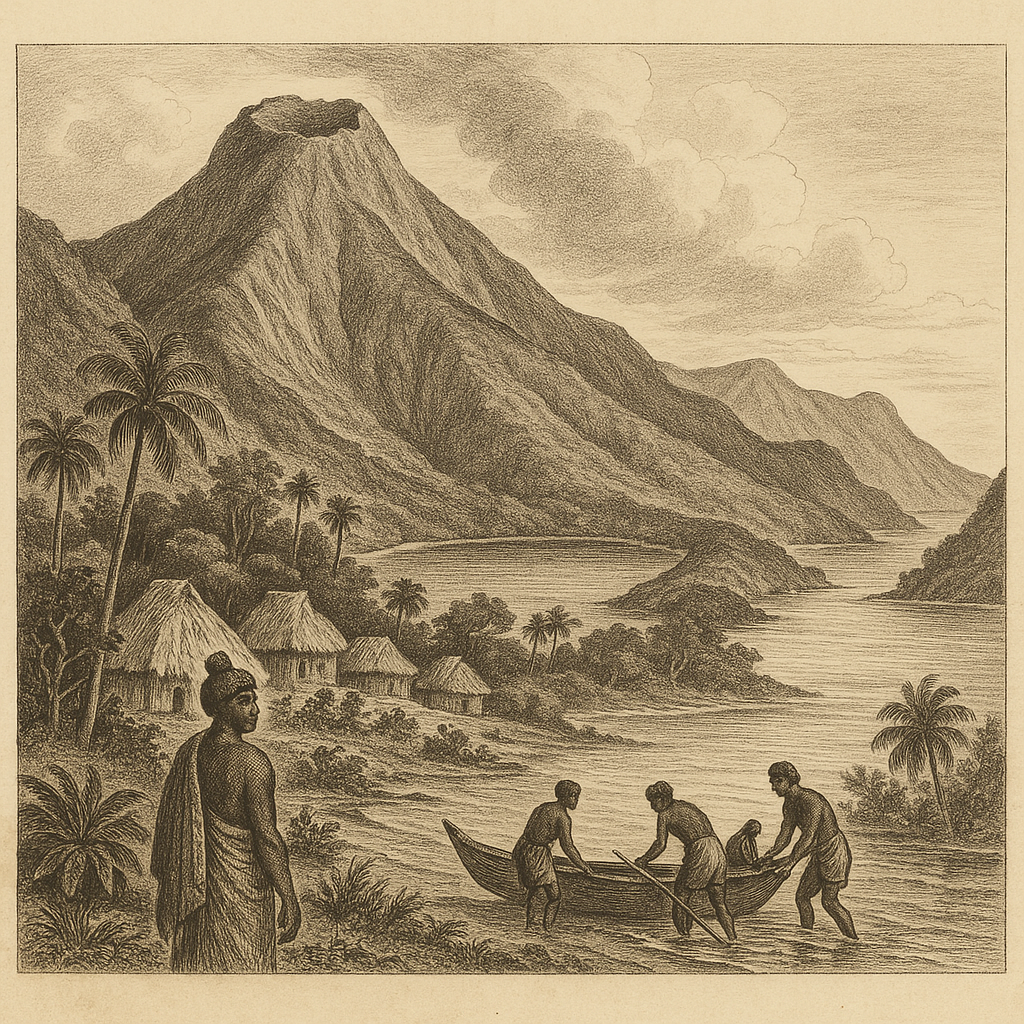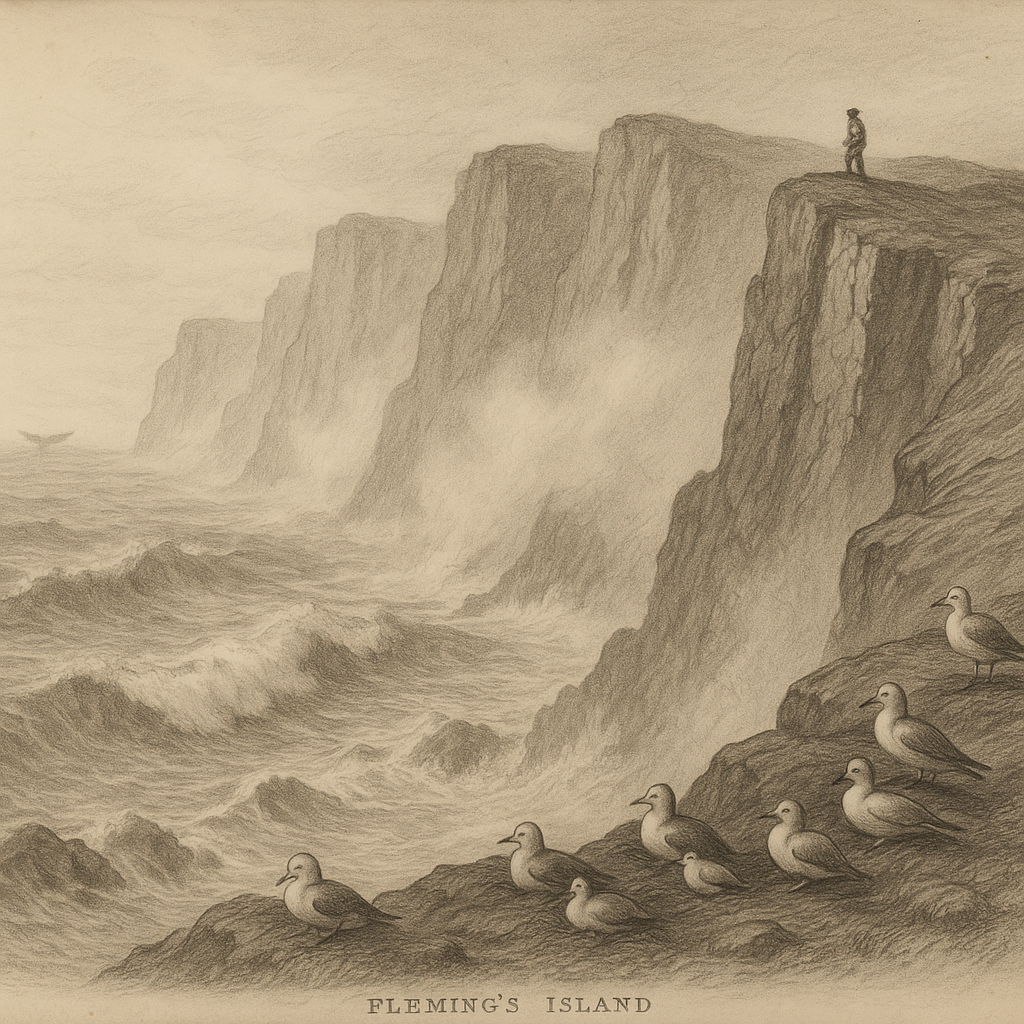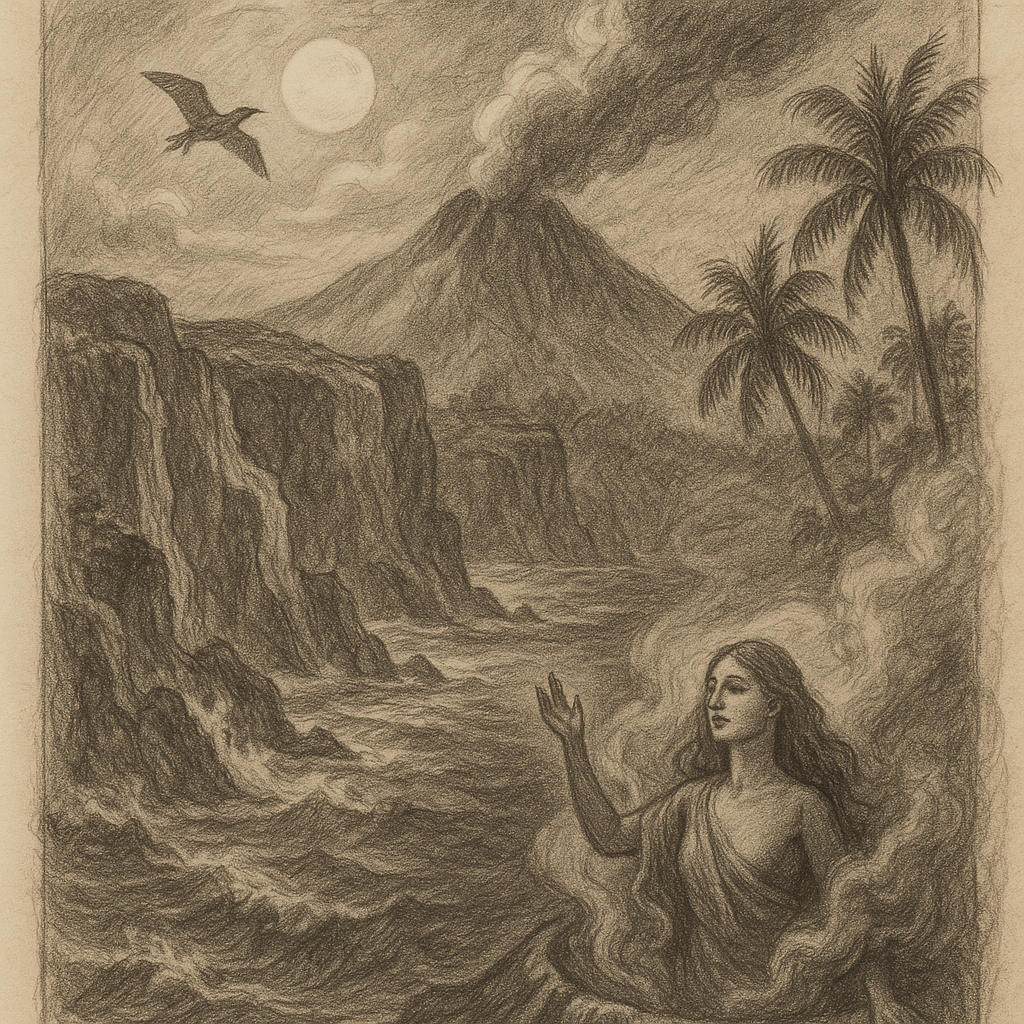St. Paul Island: A Remote Jewel in the Bering Sea
Nestled in the icy waters of the Bering Sea, St. Paul Island is a remote and windswept outpost that forms part of the Pribilof Islands in Alaska, USA. Though small in size, the island boasts an intriguing balance of natural wonders, rich indigenous culture, and historical significance. Located approximately 770 miles southwest of Anchorage and about 240 miles north of the Aleutian Islands, St. Paul Island sits on the edge of the continental shelf—isolated, rugged, and teeming with wildlife.
Geographic and Geological Features
St. Paul Island is of volcanic origin and is the largest of the four Pribilof Islands, with a total area of roughly 110 square kilometers (approximately 42 square miles). It was formed by volcanic activity millions of years ago, and the island’s geology reflects this with its basaltic cliffs, lava plateaus, and black sand beaches. Unlike high-elevation volcanic islands, St. Paul has a relatively flat profile, with its tallest point—High Bluffs—reaching only around 200 meters (656 feet) above sea level.
The island lies within the Bering Sea’s subarctic climate zone, marked by long, turbulent winters and short, cool summers. Fog and wind are constant companions, shaping both the ecosystem and the daily life of its limited inhabitants.
Ecology and Wildlife
St. Paul Island is world-renowned for its wildlife, particularly birds and marine mammals. The island is considered one of the most important seabird nesting locations in the North Pacific, making it a magnet for birdwatchers. There are over 300 species of birds recorded on the island, including horned puffins, red-legged kittiwakes (one of the rarest gull species), and thick-billed murres.
Equally significant is the island’s massive population of northern fur seals. At the peak of the breeding season, as many as one million of these seals come ashore, making St. Paul the largest fur seal rookery in the world. The surrounding waters are also home to walruses, sea lions, and various species of whales, which occasionally breach just off the coastline.
Vegetation is limited due to the harsh climate, but tundra mosses, lichens, and wildflowers such as lupines flourish during the brief growing season.
History and Human Presence
St. Paul Island has a rich yet tumultuous human history. It was uninhabited until the late 18th century when Russian fur traders arrived in search of valuable fur seal pelts. In the 1780s, the Aleut (Unangan) people were forcibly relocated to the island from the Aleutian chain to work in the fur industry. These practices continued under Russian and later American control until the mid-20th century.
The Aleut community continues to reside on St. Paul Island today, preserving a unique cultural heritage that blends traditional subsistence practices with more modern ways of life. The only settlement on the island, also named St. Paul, is home to around 400 residents, many of whom are descendants of the original Aleut inhabitants. Their language, customs, and knowledge of the land play an integral role in scientific efforts and conservation programs.
Access and Modern Significance
Access to St. Paul Island is limited, with the only regular form of transportation being small planes that operate out of Anchorage, weather permitting. There are no highways or external connections, and the island’s remote location makes it one of the most isolated human settlements in the United States.
Despite its isolation, the island has become important for scientific research. Biologists and ornithologists frequently visit to study the island’s unique ecology, while cultural anthropologists document the legacy and evolution of Aleut customs. The U.S. Fish and Wildlife Service maintains a strong presence on the island, as it lies within the Alaska Maritime National Wildlife Refuge.
Conservation efforts are ongoing, focusing on regulating hunting, monitoring seal populations, and managing invasive species like Arctic foxes, which were introduced and later removed due to their impact on bird populations.
Interesting Facts
St. Paul Island holds numerous distinctions and unique characteristics:
– It is home to the highest concentration of red-legged kittiwakes in the world, a species that nests almost exclusively in the Pribilof Islands.
– The island’s population can double in the summer months due to the influx of biologists, birders, and other researchers.
– The indigenous name of the island is “Tanax̂ Amix,” which translates to “Land of Mothers” in the Aleut language.
– Traditional Aleut seal hunting practices, supported by government allowances, continue in designated zones, honoring cultural heritage while abiding by conservation laws.
– The island has its own time zone history: during its Russian period, the Gregorian calendar was used long before Alaska was purchased by the United States in 1867.
Myths and Legends
The remote and foreboding nature of St. Paul Island has given rise to several myths and legends that are still whispered among the island’s inhabitants. One of the most enduring tales tells of “a hidden spirit lake” in the interior tundra that changes its location to avoid being found. The local Aleut people regard it as a place of transition between the living and spiritual worlds.
Another legend speaks of shadowy figures called “Kashega”, ghost-like entities said to appear during dense fog—common on the island. These spirits are believed to be the souls of ancient Aleut hunters who perished in the snow while tracking seals.
Some community elders also tell of supernatural lights that dance over the tundra during solstice nights. While skeptics attribute these sightings to atmospheric phenomena like St. Elmo’s fire or auroras, others maintain they are omens and warnings from ancestors.
These stories, whether literal or metaphorical, add a sense of deep mystery to an already enigmatic island and reflect the spiritual connection between the Aleut people and their environment.
Conclusion
St. Paul Island is more than just a speck in the cold waters of the Bering Sea—it is a place where history, nature, and culture converge in remarkable ways. Its isolation has preserved both its breathtaking wildlife and the resilient spirit of the Aleut community. From vast fur seal populations and rare seabirds to ancestral legends whispered through fog, St. Paul remains one of North America’s most fascinating and remote islands. Whether viewed through the lens of a scientist, a historian, or a traveler, the island offers a glimpse into a world shaped by nature’s extremes and sustained by deep cultural roots.


